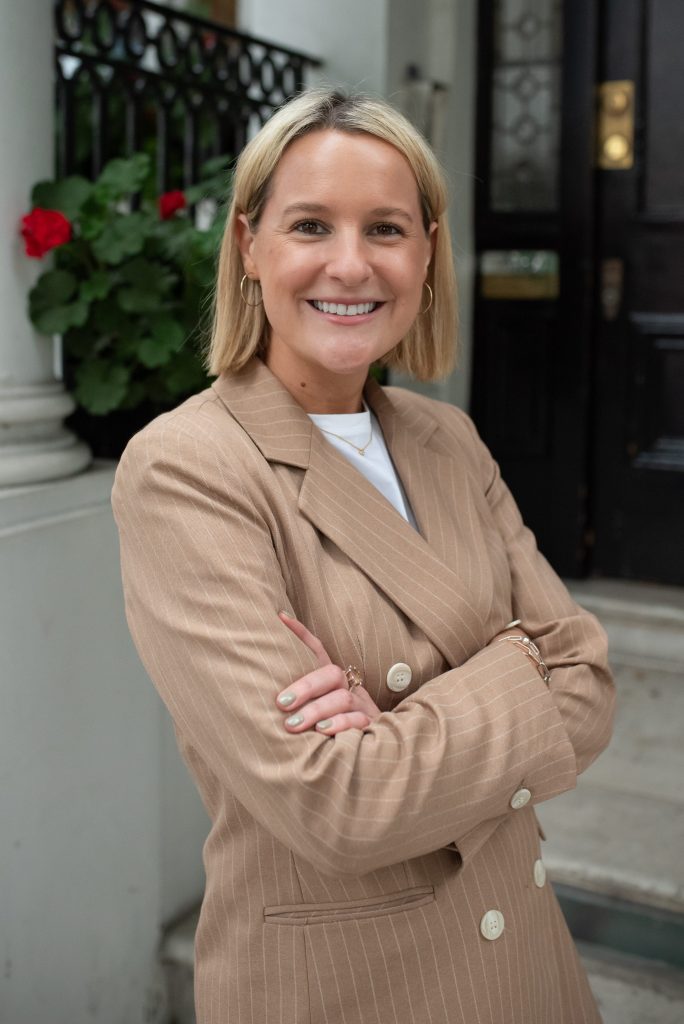Beyond Screen Time: Equipping Girls for a Digitally Wise Future

I recently read The New Age of Sexism: How AI is Reinventing Misogyny by Laura Bates, a book I’d recommend to anyone working in education, particularly those committed to the empowerment of girls. It’s an unflinching exploration of how emerging technologies, artificial intelligence, algorithms, and the ever-evolving online world, are embedding misogyny in new, complex, and often invisible ways.
For educators, it’s a sobering read. And it’s also a call to action.
Bates’s work sharpened my own sense of urgency around the role schools must play, not just in ensuring girls use technology fluently, but in teaching them how to understand, interrogate, and shape it. In the same week, I was struck by a Wednesday Wisdom blog by Dr Kathryn Weston of Tooled Up Education. In it, she spoke of the binary thinking that often dominates conversations around digital life in schools: total bans or total embrace, fear or faith. Her message? We must take a more nuanced approach, one grounded in trust, conversation, and critical thinking.
That message resonates deeply with us at Glendower.
More Than Screens: Understanding the Digital Landscape
As we look to the new academic year, we’ve been taking a serious look at what we’re calling our girls’ “digital diets.” The term might sound soft, but the intention behind it is serious. Informed by the voices of parents through our recent survey, we know that screen time, particularly around homework, is a growing concern. But the conversation we need to be having goes beyond how much time is spent on screens. It’s about how and why they are being used, and with what understanding.
Today’s girls aren’t just using digital tools, they are immersed in a world increasingly shaped by them. From TikTok’s for-you-page to AI-driven revision apps, from YouTube algorithms to WhatsApp groups, the line between social and academic digital use is increasingly blurred. And in that blur, there’s risk.
There’s the risk of distraction and over connection. But there’s also the risk of something deeper, of growing up in a digital landscape that subtly reinforces biases, limits aspiration, or narrows curiosity. As Bates powerfully argues, AI and algorithmic bias can reinforce outdated ideas about gender, beauty, success, and power. If our girls are to flourish, they need more than just digital literacy. They need algorithmic literacy. They need to understand what shapes their feeds, their search results, and their digital experiences, and why.
Digital Wisdom Over Digital Panic
We are not interested in knee-jerk bans or in unfiltered access. Our aim is to develop a balanced, developmentally-informed strategy that supports our girls not just as students, but as future leaders.
That means:
- Helping girls to understand how algorithms work and how bias is embedded in code.
- Encouraging digital curiosity, asking “why am I seeing this?” and “what’s being left out?”
- Supporting healthy habits, boundaries, and a sense of self that isn’t dependent on digital validation.
- Encouraging unplugging, reflection, and balance, without demonising the digital.
- Equipping staff and parents to have open, informed conversations about online life, rather than fearful or dismissive ones.
In a world where the 11+ process itself is increasingly digital, where AI will likely play a role in our girls’ future education and employment, and where so much of their social development now intersects with online spaces, we must step forward with clarity and confidence.
A Vision for Digital Girls’ Education
We want our girls to be more than just safe online. We want them to be empowered, informed, and resilient. This is about preparing them to not just navigate the digital world, but to question it, contribute to it, and, ultimately, lead within it.
At Glendower, we believe that digital fluency without digital wisdom isn’t enough. We are committed to cultivating both.
Because the digital world isn’t going away. And that’s not a threat, it’s an opportunity. An opportunity to help our girls grow up as not just users of technology, but as thoughtful, creative, and critical contributors to it.
Article by Ms Claire Boyd, Head

